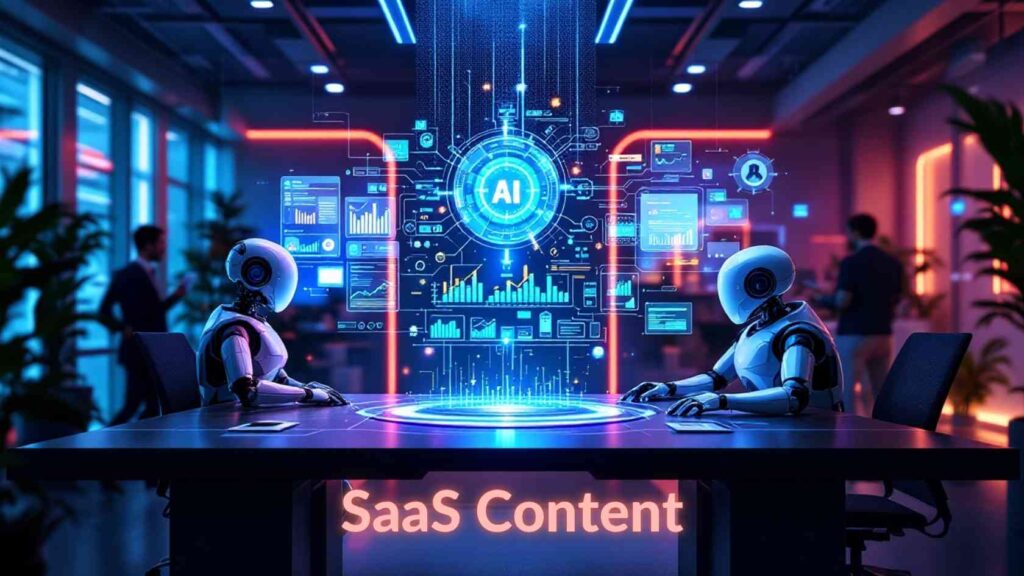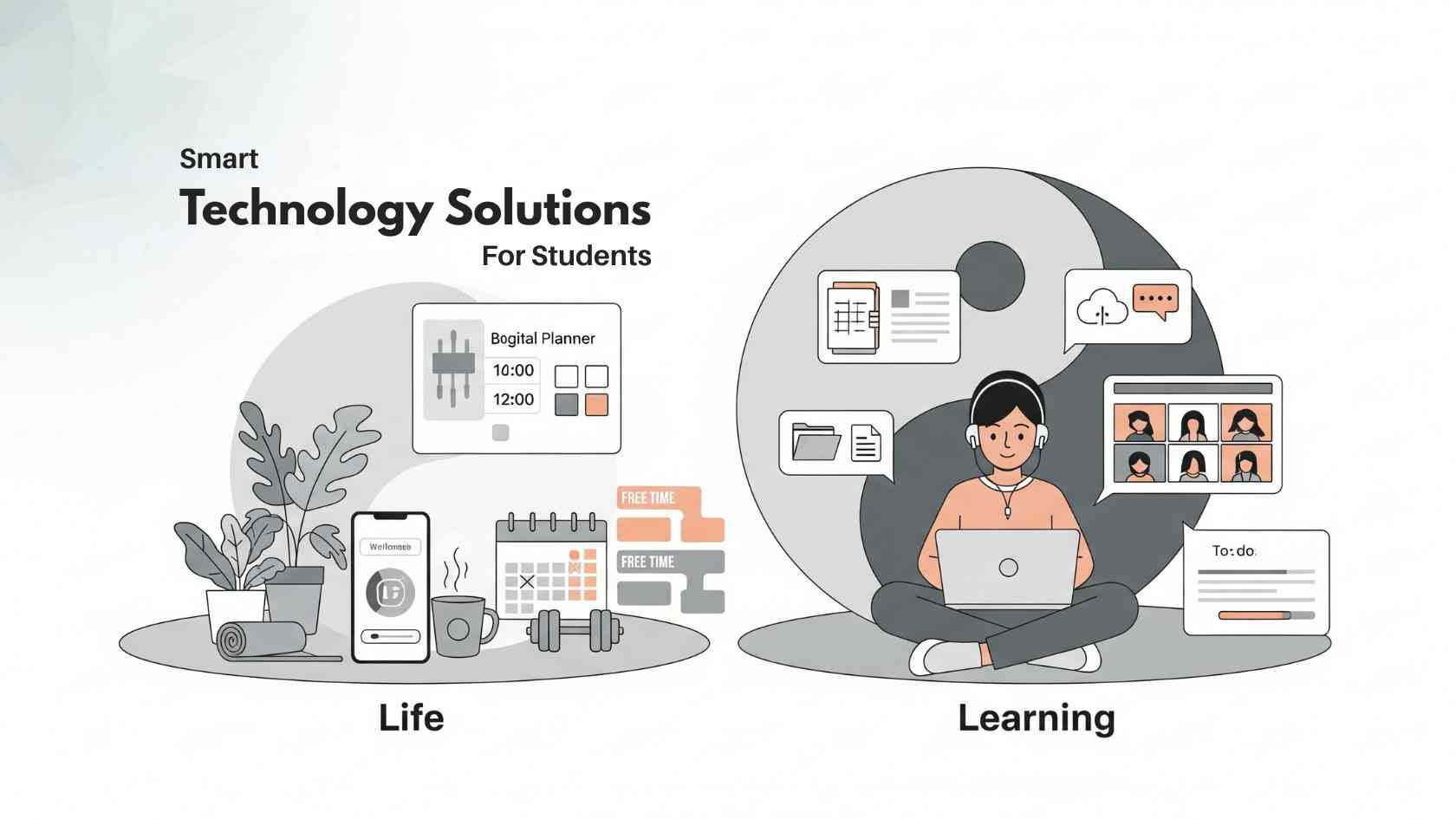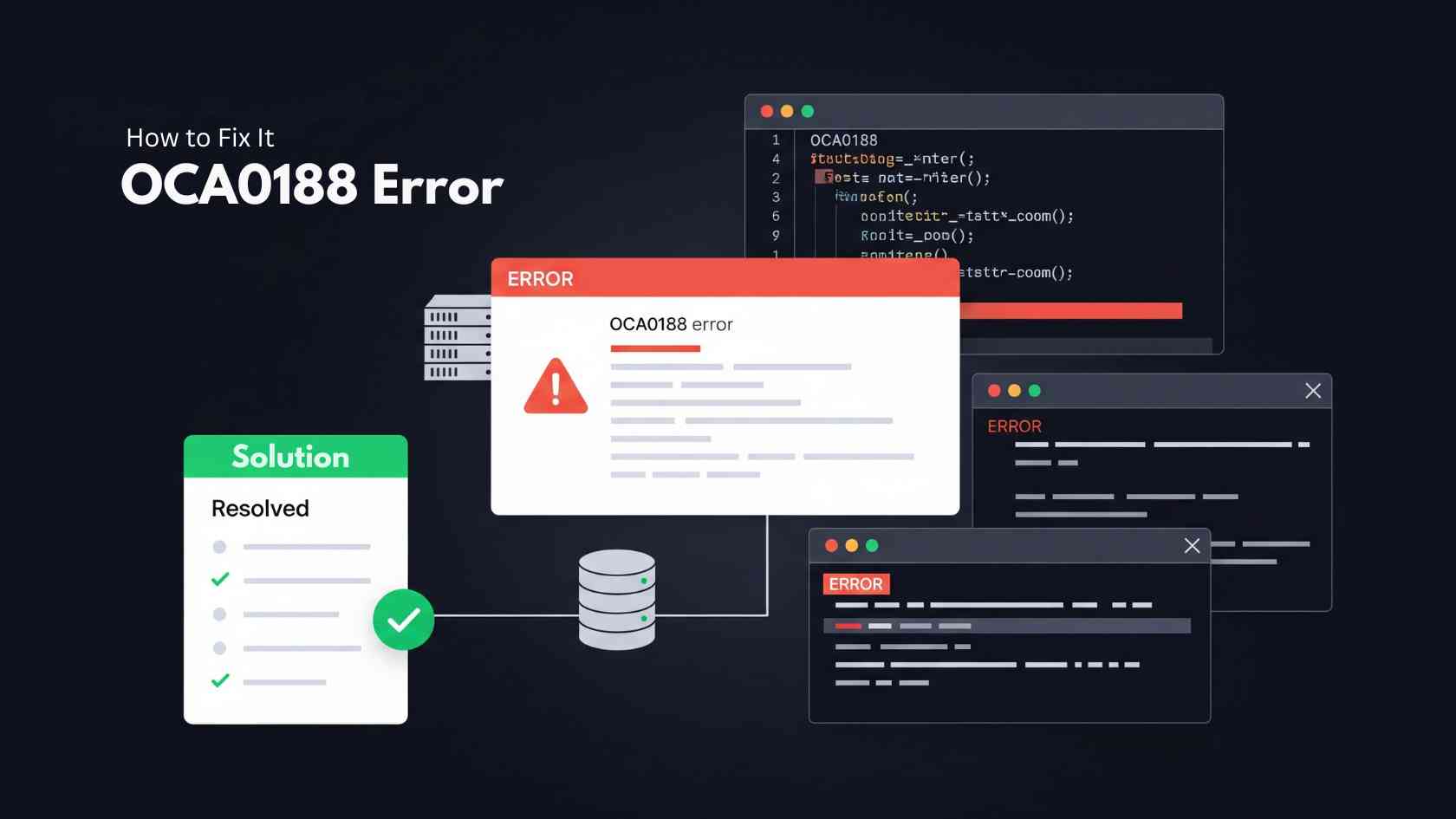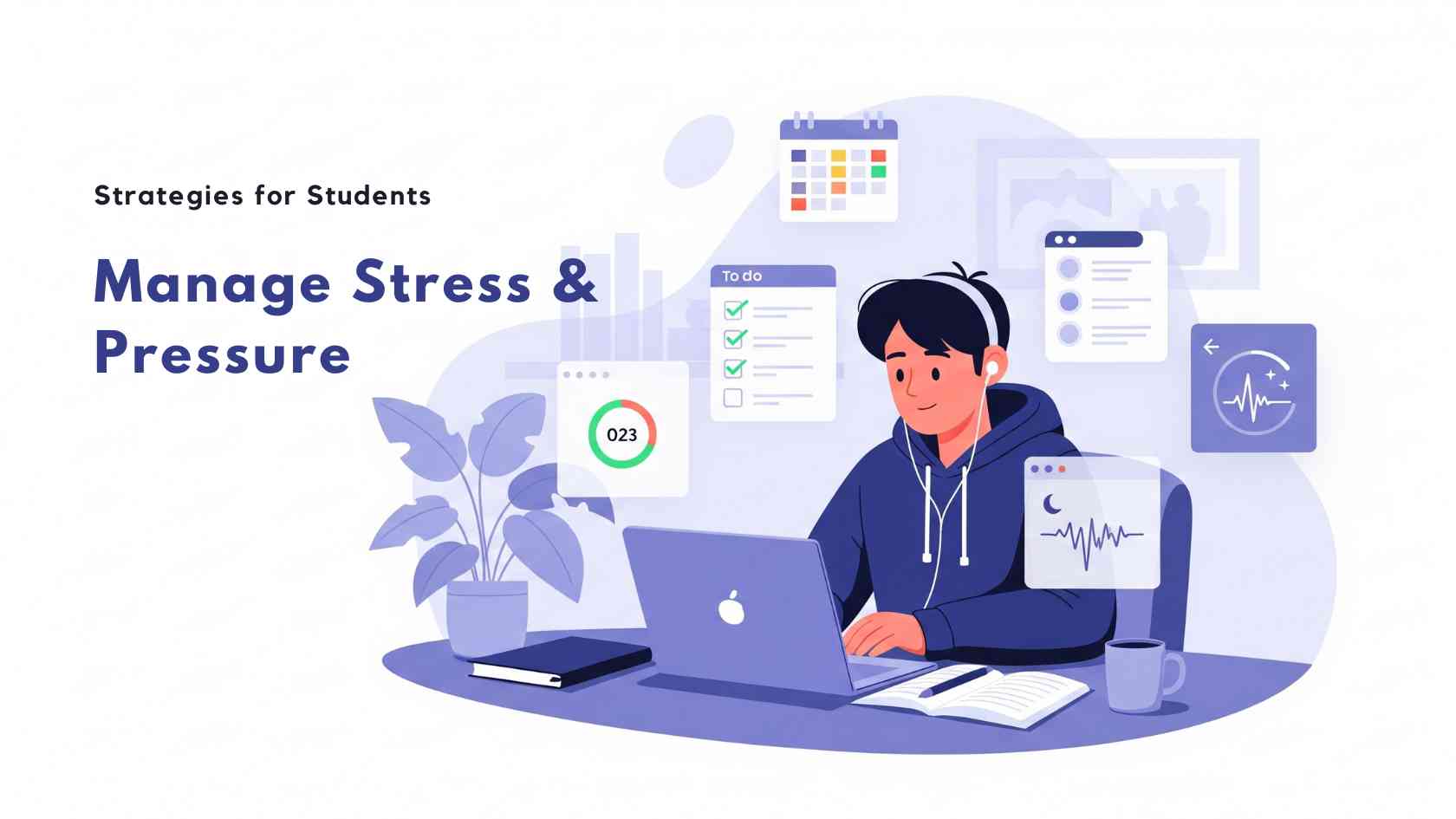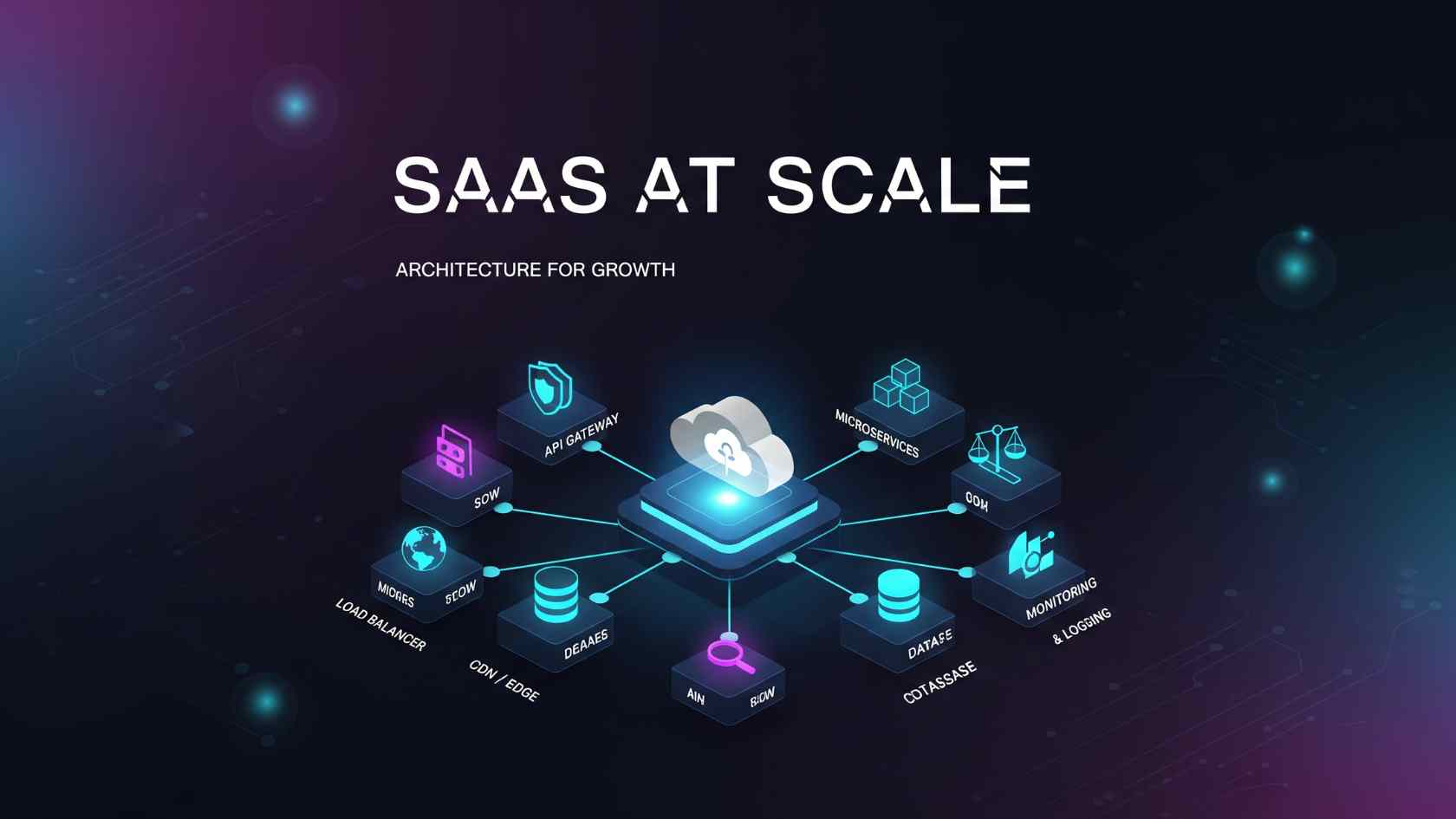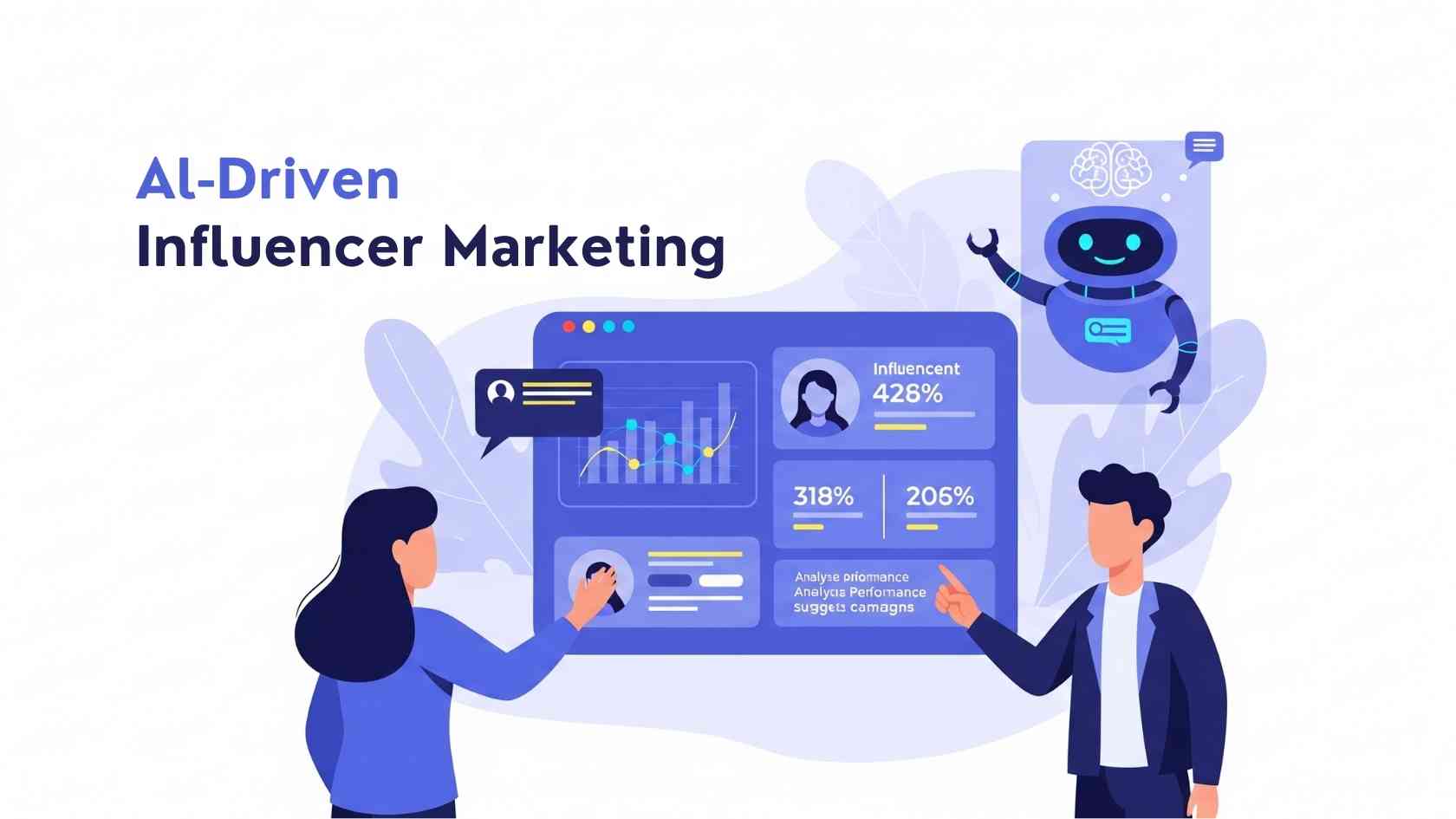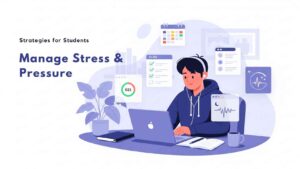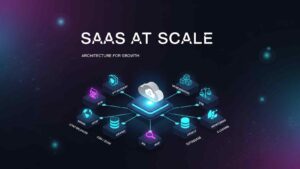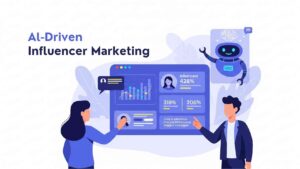The world of SaaS content marketing is shifting on a significant scale. At one time, the industry relied on plain blog content and unbranded emails, but now it is advancing rapidly using AI, powerful tools, and personalization. SaaS businesses that want to stay ahead in today’s market must adapt to this new situation. Here’s everything you need to know:
The Rise of AI in SaaS Content Marketing
Artificial Intelligence is now an essential part of any business strategy. AI helps SaaS marketers come up with new ideas, make content, and improve the optimization of their marketing materials. Here’s how:
1. Improved Content Creation

Tools like ChatGPT, Jasper, and Copy.ai allow marketers to produce more content without sacrificing quality. Using these tools is very helpful when:
- Creating a high volume of blog posts, landing pages, and FAQs
- Writing emails that match the specific interests of different groups
- Changing headlines and CTAs to fit predicted levels of engagement
AI can help understand user interests and point to topics likely to attract the target audience, saving much of the guessing involved in planning what to publish.
To make sure content still feels authentic and relatable, marketers often use AI humanizer tools that adjust tone, language, and phrasing to sound more natural and human-like—bridging the gap between machine-generated efficiency and genuine human connection.
2. Enhanced Search Optimization
Using keywords in many places is not enough; SEO should focus on finding the intent behind someone’s search. With AI, SERP trends, strategies adopted by competitors, and long-tail keyword opportunities can be reviewed instantly. This helps SaaS marketers generate content that:
- Helps users at every part of the sales process
- Use words people use to talk, so conversations are reflected in the responses.
- It makes it to the top pages more quickly and extends its standing.
Automation: Doing More with Less
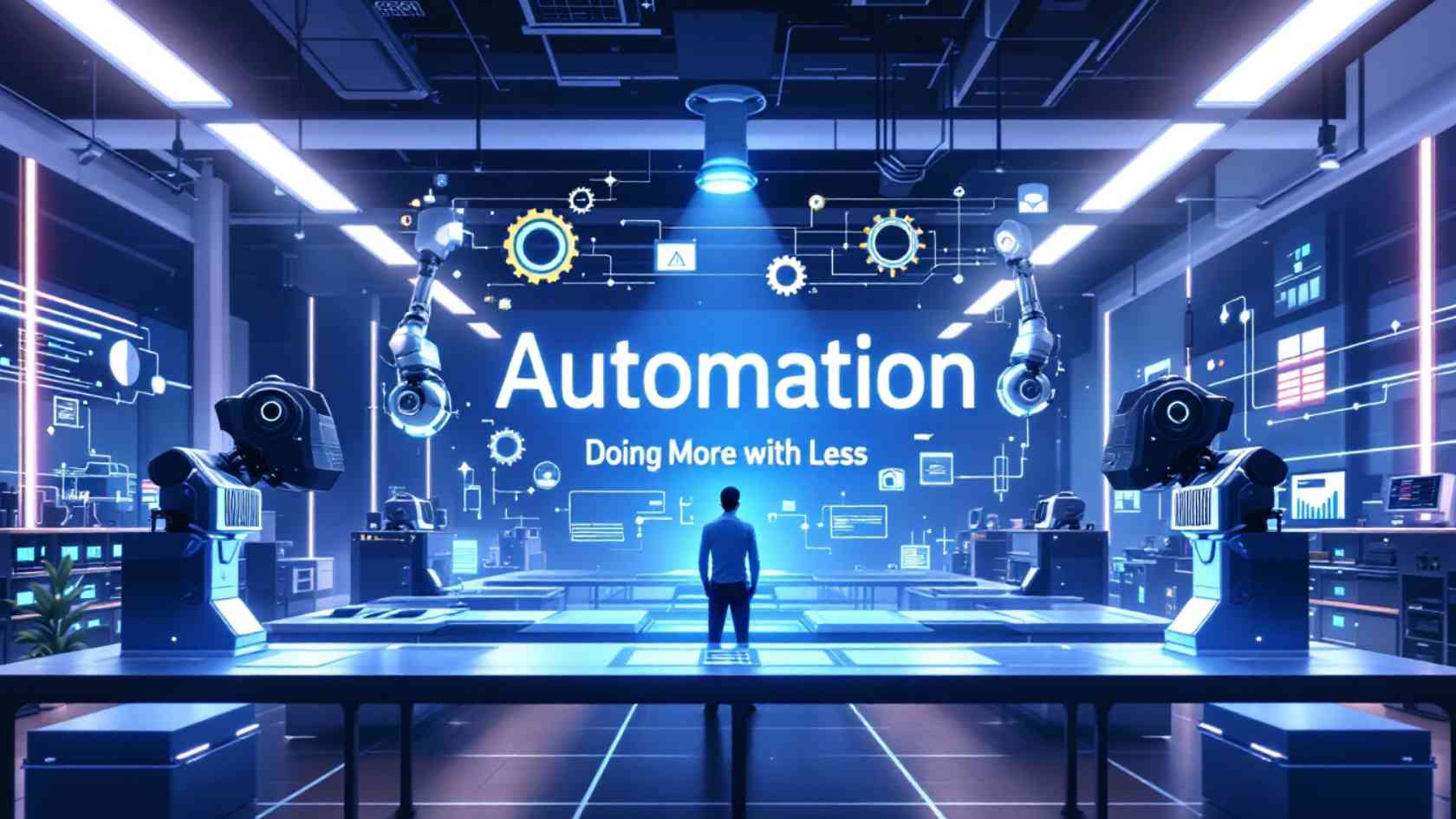
SaaS growth has depended on marketing automation for many years. These days, tools exist for much more than just organizing email workflows, such as:
1. Dynamic Content Distribution
When using HubSpot, Marketo, or ActiveCampaign, SaaS teams can now:
- Automatically publish posts to viewers that are most likely to be interested.
- Deliver emails or messages within the app, depending on what users do
- Use the same approach for email, SMS, push notification, and chatbots.
In such a case, when a user takes part in a webinar on “scaling remote teams”, they could get a related whitepaper, a follow-up case study, and an invitation for a product demo all at once, without anyone needing to take action.
4. Autopilot Lifecycle Marketing
SaaS products usually require a longer purchasing process and include several people who make the decision. When prospects are engaged early on, automation helps keep interest throughout.
- Teaching customers through educational articles
- Sending emails and giving tutorials to new customers
- Preventing people from leaving by encouraging them with check-ins and advice on how to use the product
Rather than reaching out in the same way to all customers, automation allows for quick messages that fit their needs.
Personalization: From Generic to Genius
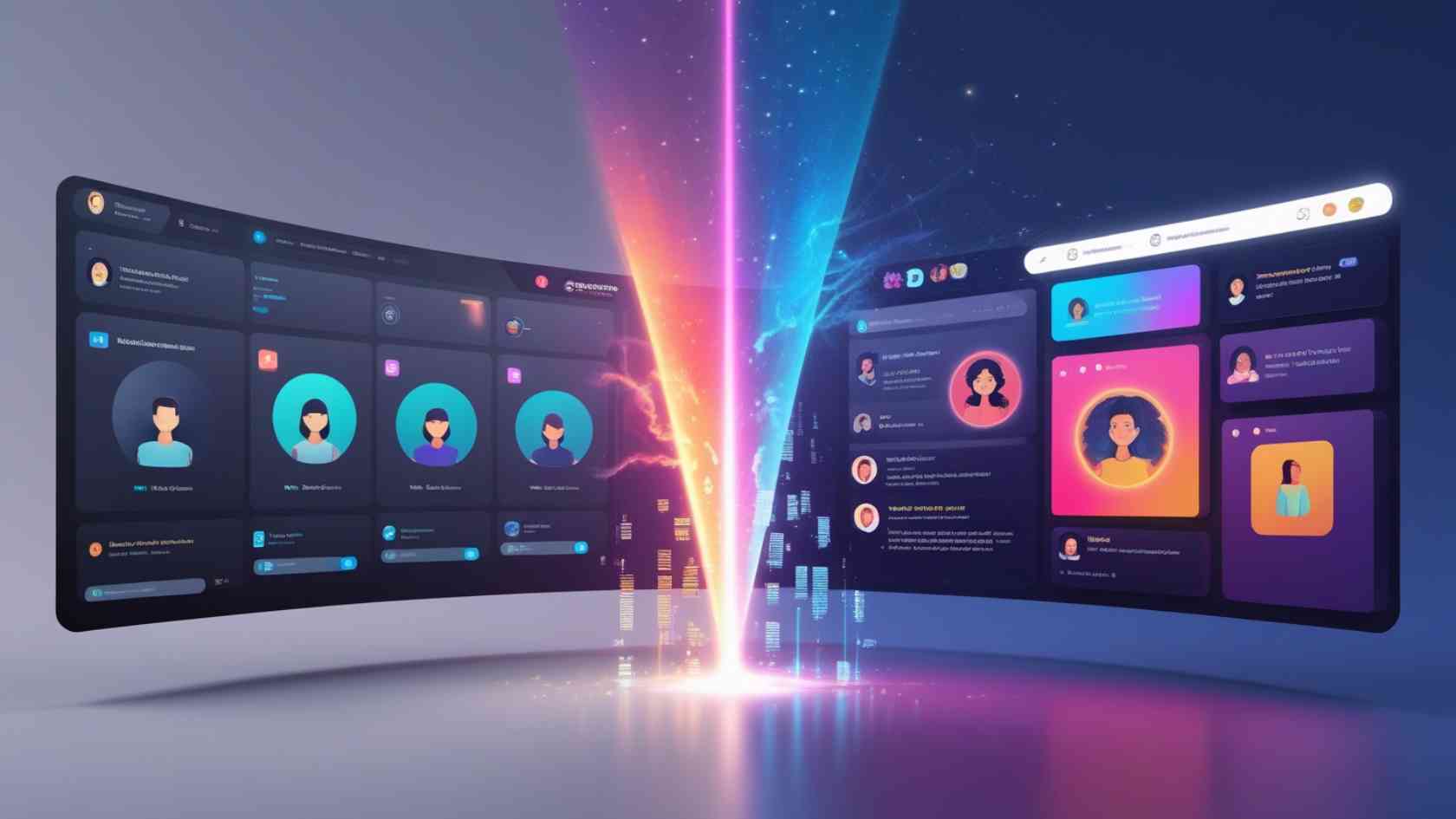
As users grow weary of being just another email address in your CRM, personalization has become a differentiator. Simply saying “Hi {First Name}” is not true personalization. By having behavioral data, firmographics, and product usage, saas content marketing is now able to:
- Present suggestions for content that suit a user’s interest in the app.
- Organize landing pages based on the industry, size of the company, or job role.
- Tune your messages based on what stage your customers are in the sales process.
A healthcare SaaS decision-maker might view testimonials, pricing sheets, and benefits differently than a security developer at an enterprise firm viewing the very same page on the site.
Endnote
In a world where competition is fierce and attention spans are short, content that connects wins. By leveraging the power of AI, automation, and personalization, SaaS companies can move beyond the noise and build meaningful, scalable relationships with their audience.

